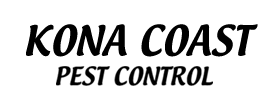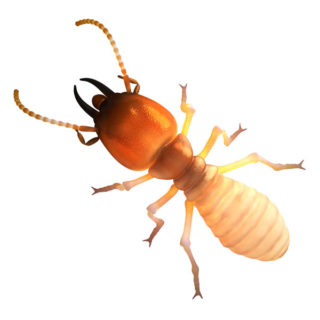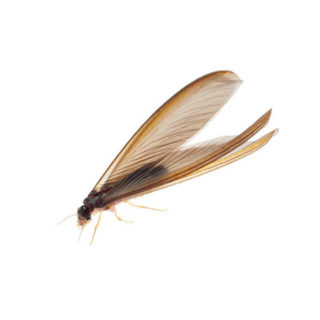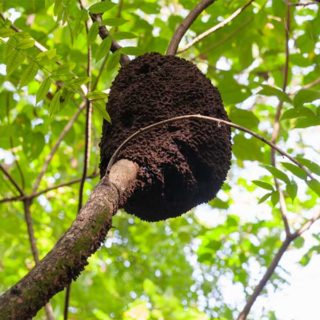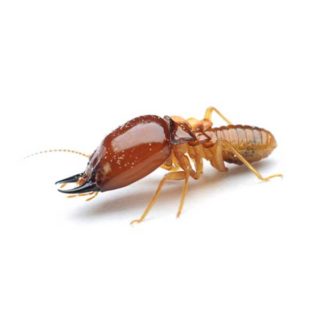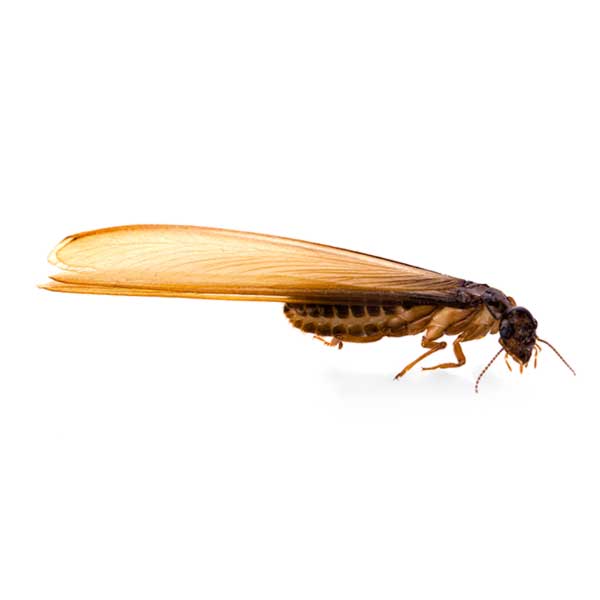
Eastern Subterranean Termites in Kailua Kona
The most pervasive termite in North America is the eastern subterranean termite. Its large distribution throughout the United States makes this termite the most damaging species in the country, both financially and structurally. The main component of a termite’s diet is cellulose, which is the primary structural component of a plant cell. With this in mind, all wood material is a food source for termites, including homes. While the wood material is of greatest interest to this termite, they are known to destroy other non-wood materials in their pursuit. Infestations are incredibly difficult to identify as termites are discrete and work from the ground, through a tunnel, into the home’s structure.
Eastern Subterranean Termite Habitat
The habitat of the eastern subterranean termite is a life underground with a diet made of plant materials. In a building structure, the termite will live in walls, crawl spaces, basements, or anywhere else it is damp. In the spring, the termites will look for a mate through swarming, and winged termites will swarm around doors and windows to be near the light. After this process, the termites will lose their wings, pair off with one another, and become the king and queen of a unique termite colony. One way to identify termites in your home is to locate a mud tube inside or outside of the structure. These earth-colored tubes are a moist and safe tunnel from the ground into the wood they are infesting.
Eastern Subterranean Termite Behaviors, Threats, or Dangers
The cellulose desired by termites makes a home an enticing place to infest. Since termites are so discrete, seeing signs of an infestation likely means that it has unfortunately been taking place for years. Any sign of termites swarming is a sure sign that an infestation is already underway nearby. A common mistake is to assume a winged pest is an ant, so ensure that what you are seeing is not disregarded as a nuisance pest.
Always contact your local termite exterminators for help with eastern subterranean termite problems.
Need help with Eastern Subterranean Termite control?
Need Pest Control Service?
Leave your information below and we’ll be in touch with a FREE quote!
"*" indicates required fields
*During normal business hours. After hours calls will be returned the next business day.
